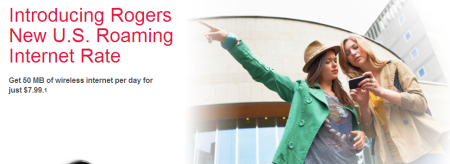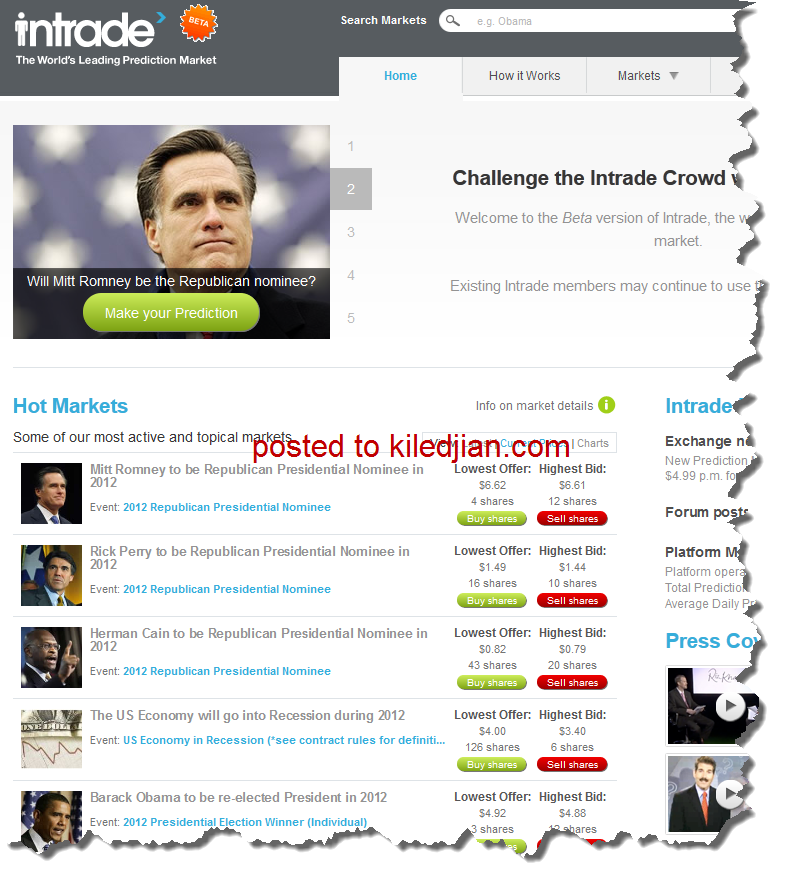Users have a love or hate relationship with loyalty programs. You either love them, because they deliver amazing value, or hate them because you think they’re a worthless scam.
A 2014 McKinsey report showed that companies with loyalty programs (55 publicly traded North American & European companies were surveyed) had the same or less growth than those that had no loyalty programs : 4.4 vs 5.5% per year since 2012. Companies with strong visible loyalty programs seemed to also have EDITDA margins 10% less than companies without loyalty programs in the same sector.
On the flip side, companies with strong and vibrant loyalty programs seemed to have better market capitalization. In fact over a 5 year period, companies with loyalty programs outpaced those without. This may stem from the hope that these loyalty programs will help those organizations drive long-term growth.
The future of loyalty is upon us
No the future of loyalty points isn’t bitcoin, but rather the technology that allows bitcoin to work: the blockchain.
The easiest way to think about these 2 parts is that the blockchain is the operating system and bitcoin is simply one application running on that operating system.
What is the blockchain?
The blockchain is a public ledger that records every legitimate transaction permanently. Once recorded, the record cannot be altered, deleted or changed. Blockchain uses a distributed consensus model, which means no one person, government, group or organization can force changes onto it.
The blockchain is what allows complete strangers who have never met and will probably never meet to conduct a trust-based exchange completely transparently without having to trust each other and without having to go through a central trusted third party (government, bank, notary, lawyer, etc.)
The other characteristic of the blockchain is that it can enable trust-based transaction while maintaining total privacy and anonymity. It can but it doesn’t have to. It all comes down to how it is used.
The blockchain is moving beyond Bitcoin
Until recently, no conversation about the blockchain was possible without talking about bitcoin. People often confused one for the other, but this is changing. Large financial companies are evaluating use of the blockchain to simplify cross-border transactions while improving trust and reducing costs.
If someone is able to marry absolute verified identity to blockchain technology then we could even see very old school lawyer based (expensive) processes move to this medium and become much cheaper and digitally fast (think of marriage, voting, buying/selling of property, etc.).
I believe that in the next 5-10 years the blockchain will become the holder of digital truth, it will completely change many traditional business processes and will provide a level of digital truth that is unmatched even in the real world.
What does bitccoin have to do with loyalty?
Gift cards moving to blockchain because of fraud
The National Retail Foundation says that gift cards have been the number one requested gift for 8 years in a row. CEB TowerGroup say 125 billion dollars have been loaded onto gift cards in 2014.
Like all items of great value, there are bad people out to steal and the industry is constantly challenged with fraud. Until the recipient uses the card, anyone in the chain can steal money from it by copying the unique identification number (processor, distributor, retailer, giver).
How bad is fraud? the National Retail Foundation says 78% of retailers have been victims of gift card fraud.
Benefits of the blockchain for gift cards
Using blockchain technology could eliminate gift card fraud or theft. Each transaction is given a unique identifier, which means someone can’t use the incoming gift card identifier to spend the money. It also means the receiver can verify that the transaction is authentic and that no one else has used the received gift card, since everything is recorded in the blockchain. Once the blockchain powered gift card is stored in a digital wallet, the only person that can spend it is the true owner of the wallet since all transactions are protected by an owner-known private key. The blockchain would prevent “double spending” of a card so a fraudulent bad actor can’t sell a used gift card to an unsuspecting victim.
What’s the motivator for brands and companies
In addition to helping curb fraud, it is also much cheaper to perform a blockchain based transaction (typically about 1 penny). This includes the full life cycle of a transaction from issues, transfer to use. Compare this to most modern plastic card-based systems that cost about $1.50 per transaction.
Blockchain gift cards and the user experience
The technology may be advanced and the protection fantastic but the experience can be simple. Companies have started using bitcoin and blockchain in the back end to improve security while being completely transparent to the end users. The user receives a card and uses it as normal.
Back to Loyalty Programs
If I have airline miles, but would rather trade them for coffee loyalty points, I have to go through one of the traditional trading platforms. These platforms have preset transfer amounts and take a huge cut of the transaction.
In a world where loyalty points are digitally held in a blockchain backed system, I see the rise of highly competitive, open and transparent marketplaces where customers could trade or sell these loyalty points using an open market (supply and demand) system.
The traditional loyalty points systems will be converted to merchant issued currencies. Instead of issuing Aeroplan miles for every mile flown, Air Canada could issue Air Canada cryptocurrency that a traveller could then use to buy upgrades, tickets, amenities, on board goodies, etc. Once we move to this model, these different branded cryptocurrencies could be traded like any other currency. I could trade Tim Hortons cryptocurrency for Air Canada cryptocurrency at a fair market rate.
Trading the branded cryptocurrencies
Trading various branded cryptocurrencies in a fair, open and transparent market means everyone will see the real time value of the branded cryptocurrencies they hold.
It could be used as a market measurement of trust in a company. If the market believes that XYZ airline may go under, then its branded cryptocurrency may be severely discounted, whereas a trusted brand’s cryptocurrency may be much more expensive and used as the “gold standard” for value measurement.
Instead of wasting money on expensive consultants to conduct brand valuation, companies could look at the fair market trading value of their cryptocurrency. The company can then use this as a means of measuring its marketing or PR investments.
How it benefits the customer
Branded cryptocurrencies become a fraud-resistant, immediately tradable commodity. This means I can sell the thing I don’t want and get more of what I want immediately.
In the traditional loyalty model, I conduct a transaction with a merchant (e.g. Fly on Air Canada) but only receive my loyalty rewards in the future (could be days, weeks or months later). In the branded cryptocurrency world, I would receive my “points” immediately when I check into my flight at the gate and can then use this currency to buy goodies on the flight. If I stay in a hotel, I could use their cryptocurrency immediately in the hotel restaurant. This means customers are incentivized to use points faster then and there. It’s better for the customer. It’s better for the merchant. It’s better for the brand.
Financial benefits to companies issuing branded cryptocurrrencies
When a loyalty point is issued, it becomes a liability on the books for that company. Some new entrants are claiming that branded cryptocurrency may change this.
The founders of Ribbit.me claim that if a company issues branded cryptocurrency on the blockchain using an algorithm, it creates an asset for the receiver without a countervailing liability for the issuer because the liability lies with the blockchain itself. If this turns out to be true (and only time will tell if governments will approve this), then companies will be able to take millions of dollars of liabilities off their books.
Conclusion
I believe the market will force companies to adopt this new model, and it will be a significant shift for many.
Ultimately it will democratize the world of loyalty programs and be better for every participant involved.
- It will improve trust
- Completely get rid of fraud
- Drive down transaction costs
- Force companies to be responsive
- Create a fair trading open and transparent marketplace that would allow customers to have more of what they want and divest from things they don’t




